How to Peel for Carries in League of Legends
League of Legends' learning curve is a steep hill and knowing how to peel is a giant step in that climb!
League of Legends' learning curve is a steep hill and knowing how to peel is a giant step in that climb!
The most difficult rudimentary skill to learn in League of Legends for new players in supportive positions is peeling for their carries. While this is generally done from the Support role, this can and should be done by nearly every role. It’s common for players playing supportive/tank champions to think that they are performing exceptionally well in games because they can initiate fights and follow up on their team’s engagements. However, the main factor to a supportive champion's success is their ability to keep their sources of damage alive for as long as possible in those fights.
Many players, primarily Support, Top, and Jungle, have struggled to understand how and when to peel in League of Legends. Peeling is a technique that requires the individual to know what their carries need from them and considerable knowledge about abilities and their interactions to do so proficiently. Therefore, for newer players, peeling is an especially difficult task and to do it well, means putting themselves in their teammates’ shoes to understand what they will need before they need it!
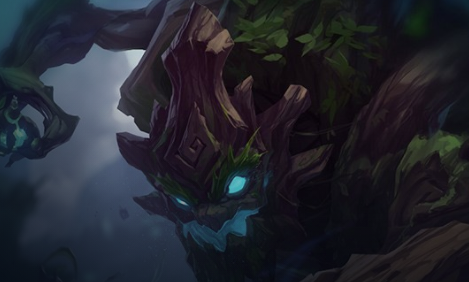
The technique of peeling is when a Champion essentially does whatever possible to protect their carry Champions from being killed in a fight. To make carry Champions fair, they are proportionally easy to kill, so keeping them alive for as long as possible is critical. Additionally, peeling is not entirely about keeping that carry from harm, but also being able to decide, in the heat of the moment, when to switch from assisting one carry to saving another. The most common strategy for players attempting to peel is to stick to the one carry on the team that is more fed than the other and only switching to protecting the other one when the first is either killed or out of harm's way.
There are several methods out there for peeling your team’s carries depending on the circumstances of the game, but the most important thing to keep in mind is what method will be most effective at keeping the carries safe for as long as possible. Once the supportive roles on the team (Support, Tank, etc.) learn to master this skill, they will easily be able to make or break a game single-handedly.
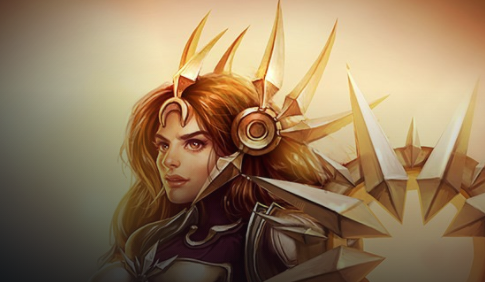
As mentioned, there are several methods to peeling for the carries on your team. The most important two to master are efficient use of crowd-controlling abilities and positioning. The other main forms of peeling that players will use, but are more situational, are peeling via items, Runes, and Summoner Spells. Since crowd-controlling (CC) abilities are the easiest to understand and the most used in every game, we will cover that method first.
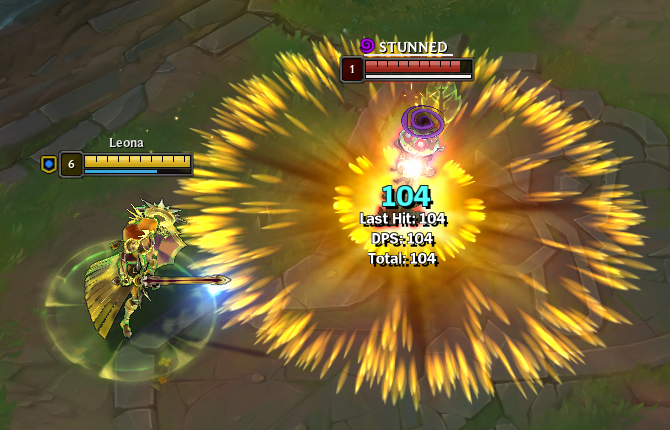
Crowd control (CC) abilities are the simplest form of peeling because the only real requirement to doing it effectively is to land the CC ability. With CC abilities being distinctly different from one another, it’s important to know what the types of CC are to know when the most optimal scenarios are to use them. The different CC abilities are either single-target CC or area-of-effect CC. Additionally, these abilities are also considered hard CC or soft CC that sometimes change depending on the scenario (I know it sounds confusing, but we will get through it)!
First, with single-target CC, the ability can only apply its effects onto one target. Area-of-effect (AOE) CC is applied to a targeted area where multiple enemies can be affected. Hard and soft CC are slightly more ambiguous because some change depending on the situation, but essentially dictate how much the ability inhibits the enemy from doing what they want to do. Hard, simply means it is hard to deal with, and greatly inhibits their impact. Soft, refers to more moderate effects that are more likely to be considered a nuisance than overwhelming.
Now let’s break down the different scenarios that leave players confused. Hard CC abilities will leave the enemy unable to control their character. This could be their movements, casting spells, attacks, etc. The in-game effects that are considered hard CC are Airborne, ‘forced actions’ (Fear, Pull, etc.), Stasis, Stun, Suppression, and Suspension. Whereas, soft CC includes Blind, Disarm, Root, Snare, Silence, and Slow.
The two types that are exceptions to these rules and the reasoning behind their exceptions will be discussed next because it emphasizes the point of knowing when to use each form of CC. For example, a Silence is considered hard CC when used to cancel channeling abilities, such as Teleport, or Karthus’ Requiem. In any situation where a Silence is used and it does not cancel a channeling ability, it is only considered soft CC because it does not render the player's intended action for the duration useless, it simply delays them.
The other example that is an exception to the rule is in Root/Snare. Abilities that Root/Snare are considered hard CC when used against Champions that are almost entirely useless when in a Root/Snare. During a Root/Snare, Champions can still cast abilities and Basic Attack enemies, however if a Champion relies on using abilities and Basic Attacks in a melee range, they cannot do so effectively.
The best example of this hard CC is against Master Yi. Master Yi is notorious for being able to chase enemies down and solo carry a game against enemies with little-to-no CC. However, a Snare is enough to completely negate Master Yi’s effects. With his main source of damage being melee Basic Attacks, when in Snare, Master Yi cannot walk up to enemies to Basic Attack them. Additionally, Master Yi cannot cast Alpha Strike while in a Snare because he cannot move. This means that Master Yi can only use his Meditate, Wuju Style, or Highlander while in a Snare, and none of those will allow him to deal damage like he is intended to.
The best thing for Master Yi to do when in a Snare is Meditate and pray that he will not die before the Snare CC is finished! That’s what makes it hard CC!
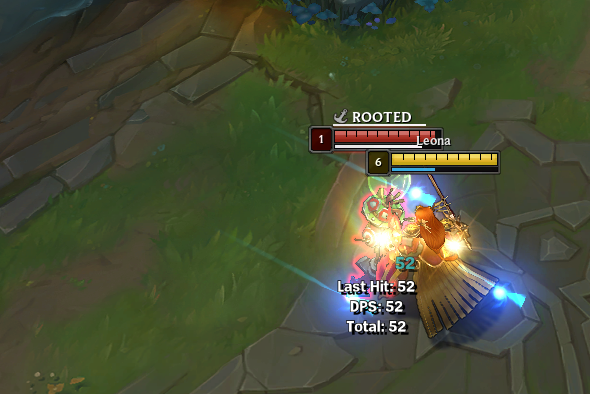
Now that we have covered all of the types of abilities useful for peeling, what does that mean for players attempting to learn how to peel for their carries? Since League of Legends is designed to have players launch attacks and counter-attacks, all Champions have some features that allow them to counter others and be countered. That’s what makes the game so enjoyable, and it works so well! Thus, it’s crucial to know when certain abilities with CC are the best option to launch or counter an attack! Ultimately, this form of peeling is all about using whatever ability you have that is best designed for the situation you find yourself in, and make sure to use them at the correct time!
The next most important method of peeling is positioning around your carries. The two main types of positioning to consider are your position relative to your teammate, and your position relative to your enemy. Obviously, it’s important to know how both work and are intrinsically related to one another and how to optimize your position between both at all times if you want to improve. For example, against a team that has a lot of skill-shots for CC or engagement, you will need to stand between your carry and the enemy that is looking to get onto them.
Against teams with area-of-effect (AOE) CC, you will want to stand close enough to the carry to assist them without being close enough that you would both be caught by the ability. For example, against Malphite, it’s best to position yourself close to your carry without being in the same radius of Unstoppable Force. Even though it’s not good for your carry to be within range of the Unstoppable Force, there is really nothing you can do about that. So, the best thing to do is make sure you don’t also get hit by the ability so that you can attempt to keep them alive during the time they are knocked Airborne!
On the other hand, against a Champion like Ashe, it’s best to stand directly between Ashe and your carry to block the Enchanted Crystal Arrow from hitting them. Finally, an example that is a little trickier is with Sejuani. Against a Sejuani, you have two options as the peeler. You can either treat Sejuani’s Glacial Prison as an Area-Of-Effect ability or a special skill-shot. If you want to treat it as an AOE ability, you’ll want to stand as close to your carry as you can without being in the Glacial Prison radius. Otherwise, if you want to treat it as a special skill-shot, you’ll want to stand in front of your carry to block the Glacial Prison.
Technically, Glacial Prison is an AOE ability but fires in a skill-shot that explodes on the first enemy hit. As such, if the peeler is standing far enough in front of the carry, the peeler can efficiently block the effects of Glacial Prison without the carry being put in a vulnerable position.
Finally, against poking Champions like Ezreal or Xerath, the best form of peel is to tank the skill-shots necessary for your carries. This is very tricky because, ideally your carries will just dodge the skillshots, and you can too. But, that’s sadly not realistic, and some skill-shots are much easier to take as a supportive Champion than a carry Champion. The best strategy to deciding when to tank a skill-shot is to know how much damage it will do to both of you and decide if it’s worth taking, if you can prevent your carry from taking free damage (when they are under CC and vulnerable), or if they are in a position where dodging the skill-shot will be quite difficult (between the wall and turret). Otherwise, let your carries try to dodge the abilities themselves and avoid forcing yourself to take free damage when your carry could avoid it as well.
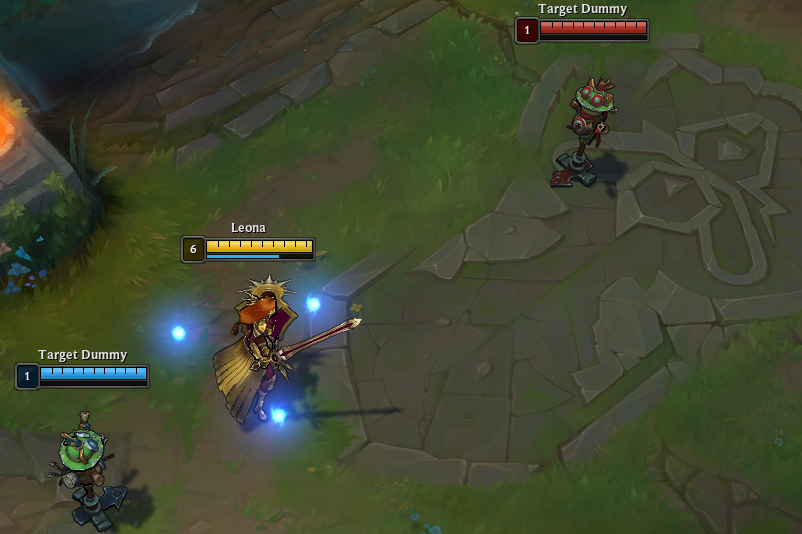
In any given game, there are multiple situations where peeling is crucial. The most challenging situation to peel for carries is in skirmishes. Especially when the enemy team has Assassins, skirmishes become very messy and chaotic. In these situations, the goal should almost always be to stay on top of your carry at all times while giving them the space to maneuver as well. Although the risk of AOE CC and damage is higher when grouped so tightly, a lot of what makes Assassins so potent is the damage they deal to isolated targets. Therefore, staying close to them makes peeling less challenging! For example, Kha’Zix deals greater damage to isolated targets, and Zed’s Razor Shuriken deals less damage after passing through an enemy, so tanking a Razor Shuriken before your carry effectively reduces the damage they take!
The last types of peeling involve items, Summoner Spells and Runes. Champions that peel effectively should always try to build items that assist in that strength. Any of these peeling options will shield allies, mitigate incoming damage to partners, speed up allies, slow enemies, heal allies, or remove CC effects from your carry. The items that fit this mold include Knight’s Vow, Redemption, Moonstone Renewer, Locket of the Iron Solari, and Mikael’s Crucible, for example. The Summoner Spells that assist with peeling include Exhaust (as it slows enemies and reduces their damage), Heal, Ignite (revealing enemies), and even Cleanse as it allows you to tank CC for teammates then remove it! Finally, some examples of Runes that assist with peeling include Guardian, Font of Life, Revitalize, and Approach Velocity.

These methods of peeling from items, Summoner Spells, and Runes are either passive or active options. Passive forms of peel do not require the user to hit any buttons for them to work, such as Revitalize, Guardian, or Approach Velocity. Active forms of peeling, however, do require button use. To add to the complexity, this means that the player peeling must remember that those options exist and use them appropriately (Exhaust, Cleanse, Mikael’s Crucible, Heal, etc).
Now that we have covered all of the options and intricacies to peel in League of Legends, how should you apply this knowledge and actually peel for carries? The most challenging part of applying any skill in League of Legends revolves around thinking about when it is needed before it is needed! To aid in that process, here is a three-step process to effectively peel in League of Legends.
First, you’ll need to decide who the most valuable carry is on your team that will need your assistance. Without knowing who your carry is, there is little chance you’ll be able to significantly impact the fight’s result as you won’t be able to properly assist them when needed. To help decide who the most valuable carry is on your team, try to consider which teammate has the highest chance to win your team a fight the longer they live.
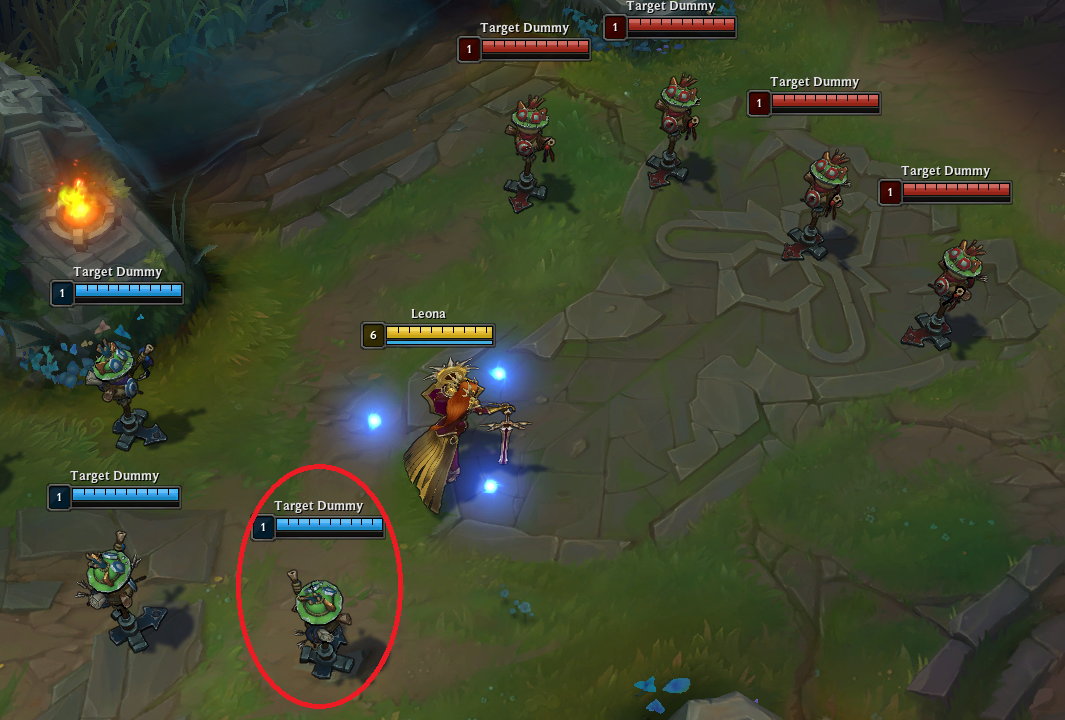
Establish Your Team’s Most Important Carry
Once you have established who your team’s carry is, you must determine the enemies’ optimal plan to attack that carry based on their strengths. If they have Assassins, they will likely attempt to sneak up on the carry to one-shot them. If they have a strong flanking Champion like Gnar, Vladimir, or Kennen, they may attempt to pinsir your team and make peeling nearly impossible. The best way to figure out what their optimal plan would be is to determine what their strongest Champion is best at.

With What You Have, What is Your Best Plan?
The last step is to find your plan to minimize the chances of the enemy team’s plan to kill your carry from working. Using an example of the strong Assassin on the enemy team, it’s ideal to play close to your carry at all times and place wards around the area of the map a fight will likely take place to see where the Assassin is. Then, once the Assassin attempts to infiltrate and kill your carry, you use the appropriate abilities, items, Summoner Spells, and Runes to extinguish their hopes. The ability usage could be either buffing up your ally to make them harder to kill, or inhibiting the Assassin’s ability to burst the carry down by reducing incoming damage, applying CC, or even just blocking whatever damage you can!
A plan like this is perfect for minimizing the chances of that Assassin’s plan working, however there is one main problem. The enemy Champion is an Assassin so you must be able to react fast! As such, planning ahead is vital to your peeling success. If you do not think about how to peel your carry until you see the assassin, it’s too late. Think ahead of time so you only need to remind yourself what your plan is and execute it once you see the assassin pull the trigger!
Peeling is an art that requires a breadth and depth of knowledge about League of Legends. It is essentially all about identifying the risks to your carries and understanding what tools you have available to you to minimize the risk! Unfortunately for newer players, there’s no easy way to peel like Aphromoo, but the more you think about these interactions and abilities ahead of time, the easier it will be to identify them in the future and execute on them in the heat of the moment like the pros.
Do your best and keep asking questions. Good luck, Summoners!